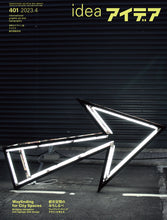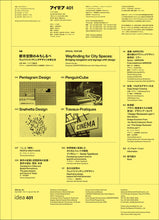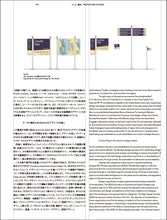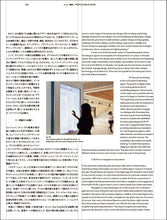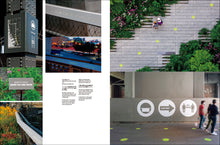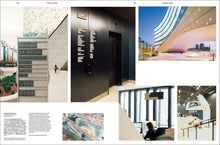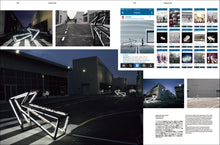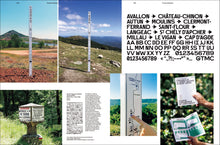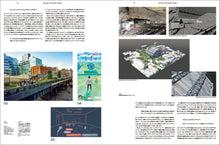
The power of wayfinding design to change the face of cities
The global coronavirus pandemic has changed people's behavior, and many people have overcome this unprecedented crisis by incorporating digital technologies such as online communication and virtual spaces into their previous lifestyles. Unexpectedly, we are rapidly gaining diversity in our fields of activity, including physical and digital, or a combination of both, and the way we approach the environment around us is changing. At the same time, Japan will experience the Tokyo Olympics in 2021, and in 2025 will host the 2025 Japan World Expo (Osaka・The Kansai World Expo) is scheduled, and along with this mega-scale event, there is an opportunity to reconsider the nature of cities.
If the physical nature of the city itself is to change in the near future, it is natural that the graphics on the signs, information boards, etc. that fill the city will also be forced to change. In light of this situation, I would like to once again clarify the relationship between urban space, or the environment, and graphic design. As one method for achieving this, this special feature focuses on ``wayfinding design.''
Wayfinding design is developed continuously in space, and by navigating people geographically and informationally, it not only provides directions, but also influences people's consciousness and behavior, and creates a sense of the uniqueness of a place. Creating that urban feel. In other words, wayfinding design is an interface that connects cities and people, and plays an important role in shaping the individuality and experience of spaces. Among the diverse fields that graphic design covers, it can be said to be a nodal point that strongly reflects its connection to the city.
Therefore, this special feature includes contributions and recommendations from people involved in urban space and design, focusing on the practices of four design firms active around the world. In the introduction, David Gibson, a pioneer of modern wayfinding design, traces the history of wayfinding design and the evolution of its role, starting with ancient Rome. Urban planning researcher Takayuki Kishii then discusses the methods used to deal with the transformation of spatial perception caused by changes in urban structure from the perspective of cities such as Edo, Shinjuku, and Shibuya. We asked Swiss Typefaces, which specializes in typeface design, about the relationship between space and letters, and about their collaboration with designers who apply those letters. Lastly, Keisuke Toyoda, an architect who also worked on the Osaka/Kansai Expo, will talk about the future of society and wayfinding design, from the perspective of the "Common Ground" initiative, which attempts to integrate physical and digital spaces.
While confirming the current location of wayfinding design based on case studies, we will connect the past to the future through essays and draw guideposts for the future. We hope that this special feature will serve as an opportunity to think about the future of cities and graphic design.
Editing: idea Editorial Department
Price (tax included): 3,630 yen
Release date: March 10, 2023
・There are two types: ``digital version'' and ``paper version''. Please select one from the dropdown.
・Please see below for how to view the "digital version".
View the electronic version on bookend
▼Click here for book details▼









